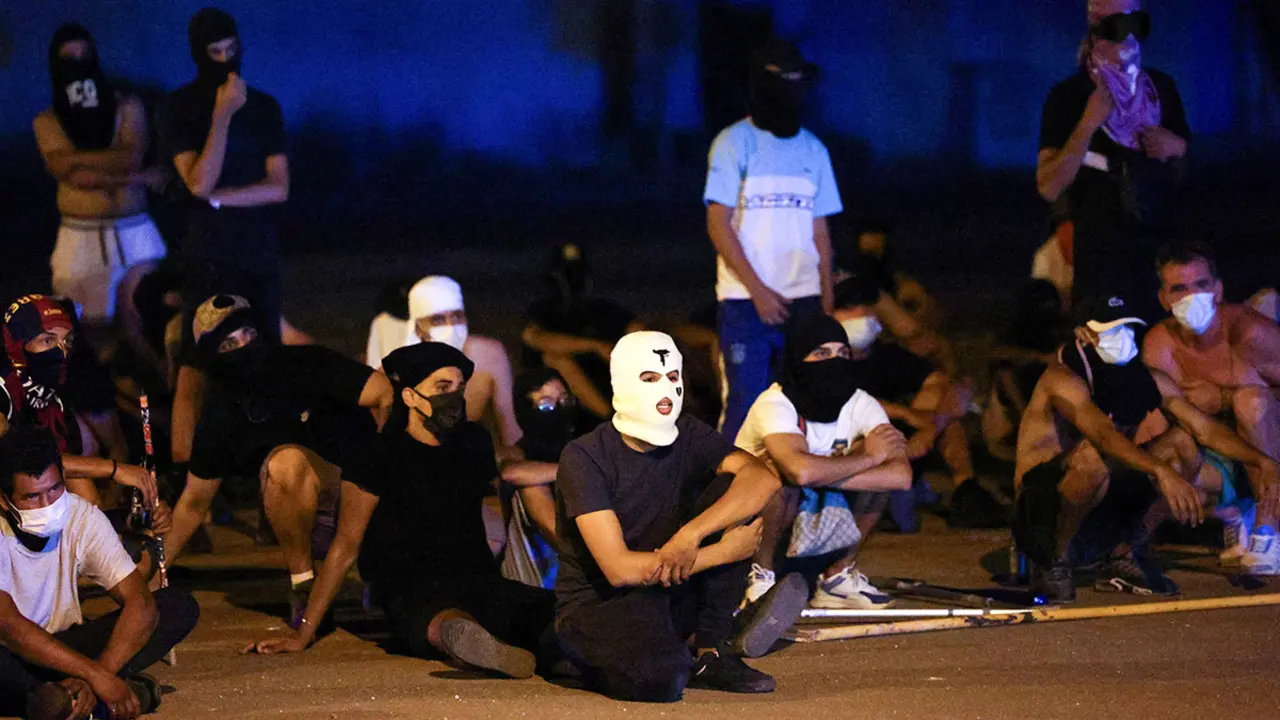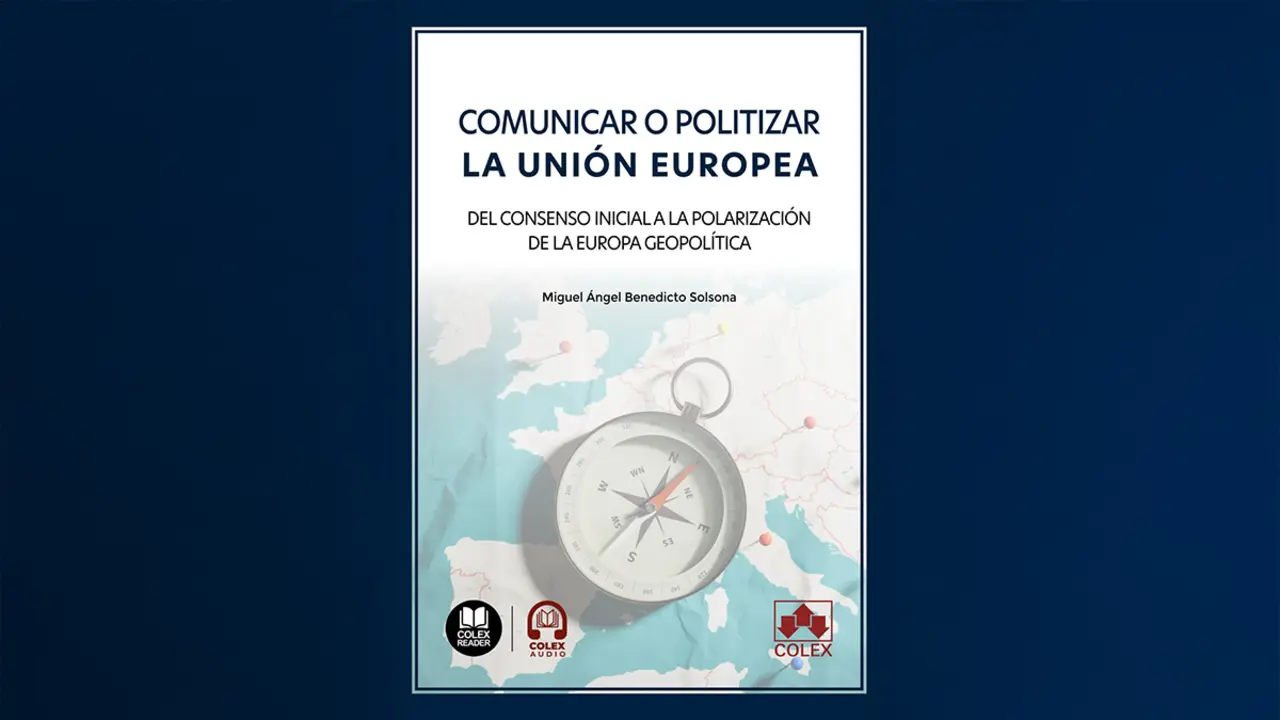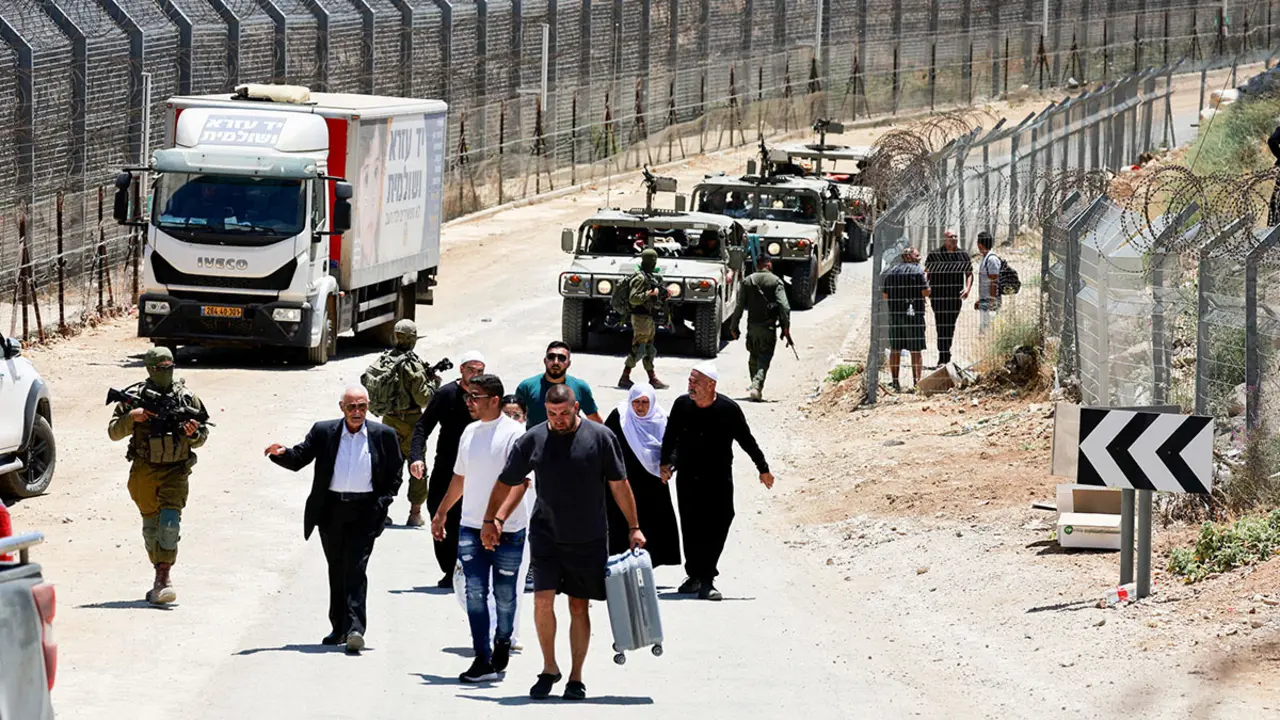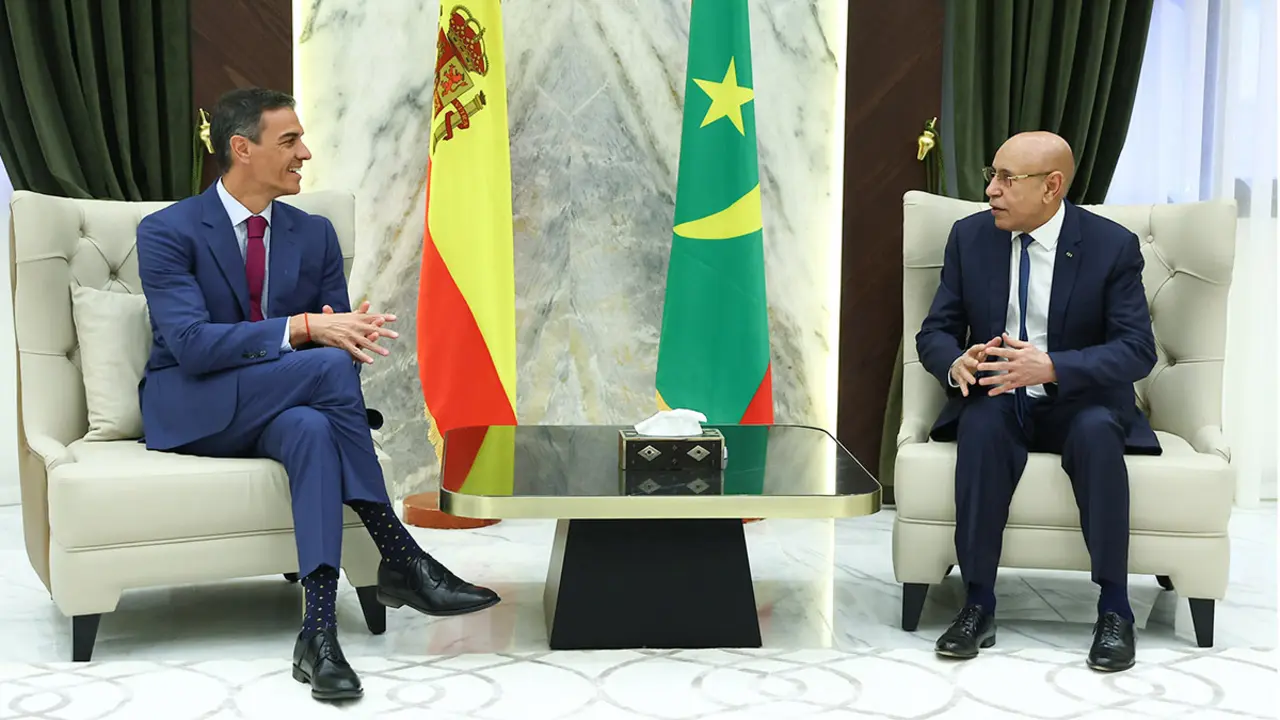Putin's threat worries Ukraine
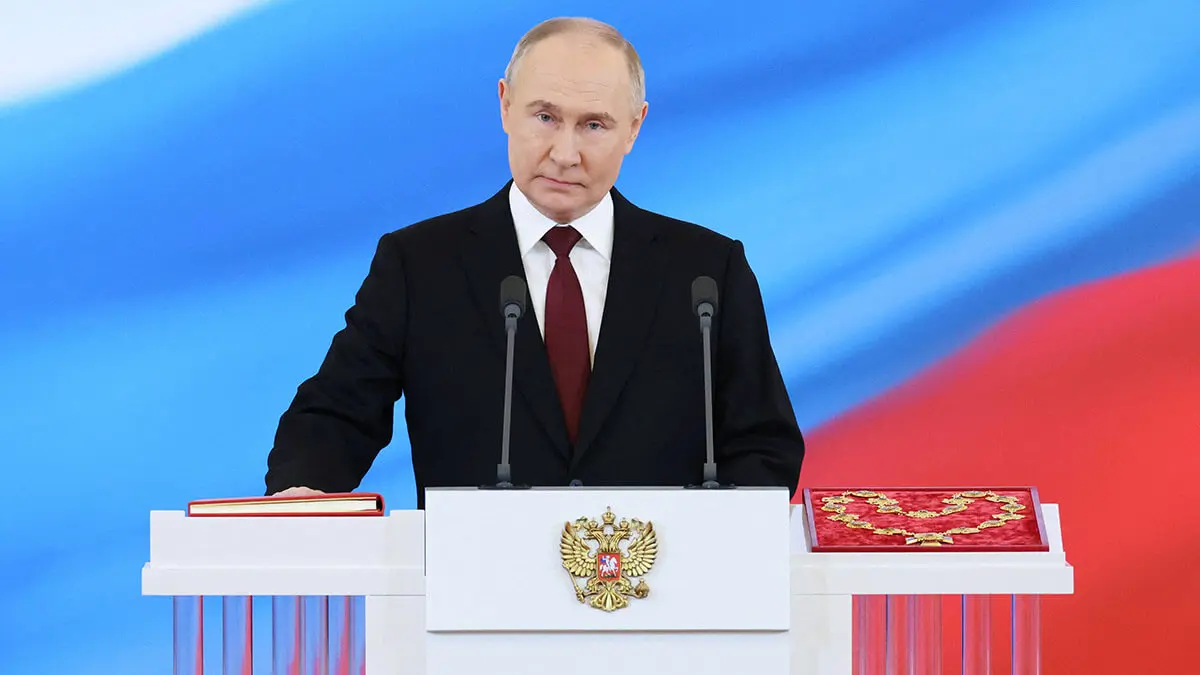
On the programme ‘De cara al mundo’ on Onda Madrid, reporter and journalist María Senovilla, a contributor to Atalayar, analysed the continuous bombardments carried out by Russia in Ukraine and the launching of the new hypersonic missiles ‘Oreshnik’, which are impossible for Ukrainian defences to detect.
In an exciting week, Joe Biden finally gave the green light for Ukraine to use its long-range ATACMS missiles against targets on Russian soil.
That's right, and, what's more, that warning came hours after one of the worst massive attacks Russia has launched in recent months against Ukraine. It was in the early hours of Saturday morning into Sunday, although it really began in the afternoon. It was widespread throughout the country. I was returning from Kherson when it started and, as I was changing trains at Mykolaiv, I witnessed one of those absolutely tremendous missile bombardments.
Rarely have I heard the thunder of a missile of that magnitude. The calibre of Putin's weapons being launched against cities, against civilian targets, not to mention those suffered on the front lines in Ukraine, is increasing.
I took the train from Mykolaiv to Kiev and all along the way there were attacks on several cities, and when I arrived in Kiev I saw the last few days as the capital was also attacked with both missiles and suicide drones. The Kremlin launched more than 200 and again one of the main targets was the energy infrastructure, which has been hard hit this year.
Hours after that attack, Joe Biden gave the green light for Ukraine to use its ATACMS and also the Storms missiles which, having an American-made component, needed the green light from the Americans for Ukraine to use them, and they did not wait long either. Zelensky's army, 48 hours later, coinciding with the 1,000 days of war in Ukraine, launched these missiles. Ukraine has wasted no time in using them.

The problem is that, as usual, Russia is again threatening to use nuclear weapons if Ukraine continues to use such missiles from the US and the UK.
The threat was not long in coming, only minutes after this ATACMS missile launch was confirmed by Ukraine, which used them on the Kursk front against mainly North Korean targets. In other words, when Russia says that third countries are getting involved in this war, it is they who have brought a large contingent of what is believed to be around 12,000 North Koreans to the Kursk frontline where they are now attacking the Ukrainians hard.
In recent hours, videos have emerged of mass executions of Ukrainian soldiers lying face down on the ground completely unarmed and being given a ‘coup de grâce’. And there are several videos circulating from Kursk, where Russian and North Korean soldiers are waging an unimaginable dirty war.
So, against this front line and to repel the North Korean offensive, Ukraine used these missiles to launch six ATACMS missiles, five of which were apparently unsuccessful, but one of which did cause a fire at a military facility. Military sources warn that, at the tactical level, the launch of ATACMS will not change the course of the war, but they can deter large troop concentrations, as is currently the case with the North Koreans.
Because of their 300-kilometre range, the use of these missiles can disperse troop concentrations or outposts whose mission is to launch an offensive. In the aftermath of this attack, Russia again threatened to use nuclear weapons. This is not the first time it has threatened to use them. Every time the West takes a step in the direction of helping Kiev, it comes out with the same threat, which no one believes because if it were to happen it would trigger a third nuclear world war and it would be the first to lose out.
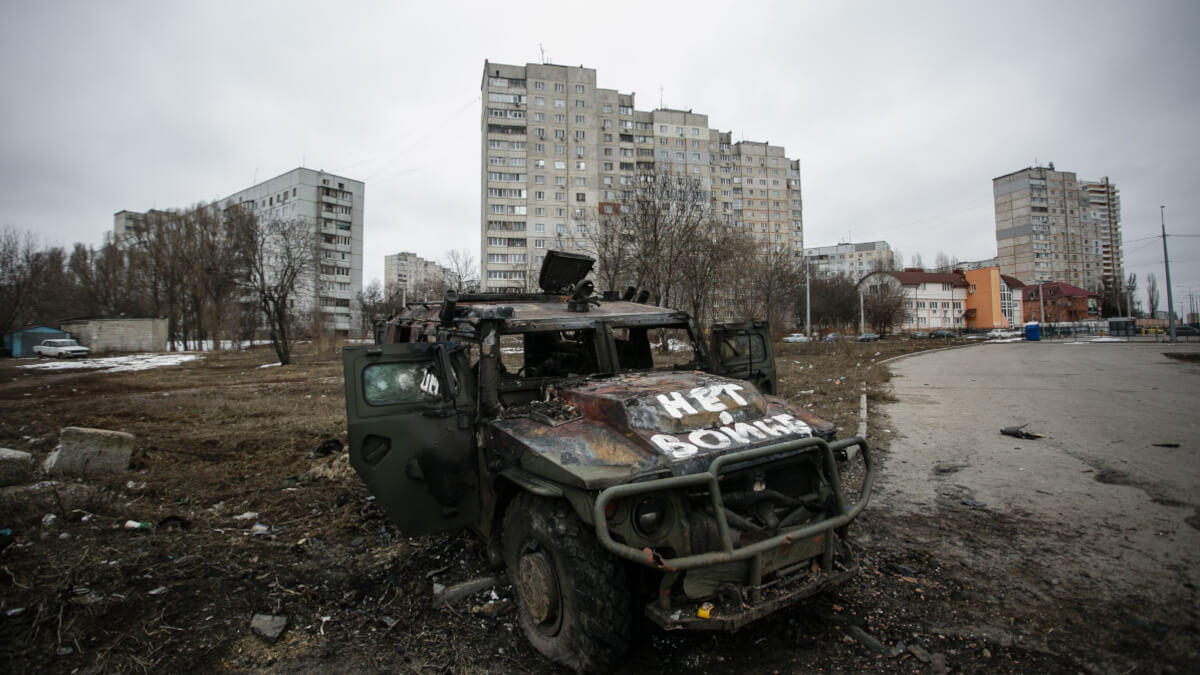
For the moment, the warning was issued a few hours ago with the launch of a Rubens missile, an intercontinental missile, capable of carrying and attaching nuclear warheads. It is a declaration of intent, isn't it?
A declaration of intent that comes after that verbal threat. Indeed, it was launched on the night of Wednesday to Thursday. The city it hit was Dnipro and it has triggered great concern, because the launching of this missile has, unlike other ballistic missiles that have been used up to now, a system reminiscent of cluster bombs, which before detonating are divided into six parts and each of these parts is divided into six other parts, making it practically impossible for the anti-aircraft defence systems that we currently have, including the Patriots, to neutralise each of these fragments because it multiplies.
The missile that was launched against Dnipro did not carry a nuclear payload, but they are designed to carry precisely this type of warhead. The attack was a way of taking the threat one step further. A missile that must have made quite a dent in the city of Dnipro. According to testimonies from people living there, they had never heard of such an attack. They claimed that the explosions, which multiplied, were extremely loud.
It is clear that the missile works. What is less clear is that at any given moment they will dare to take the step of incorporating a nuclear payload, a dirty bomb or similar.
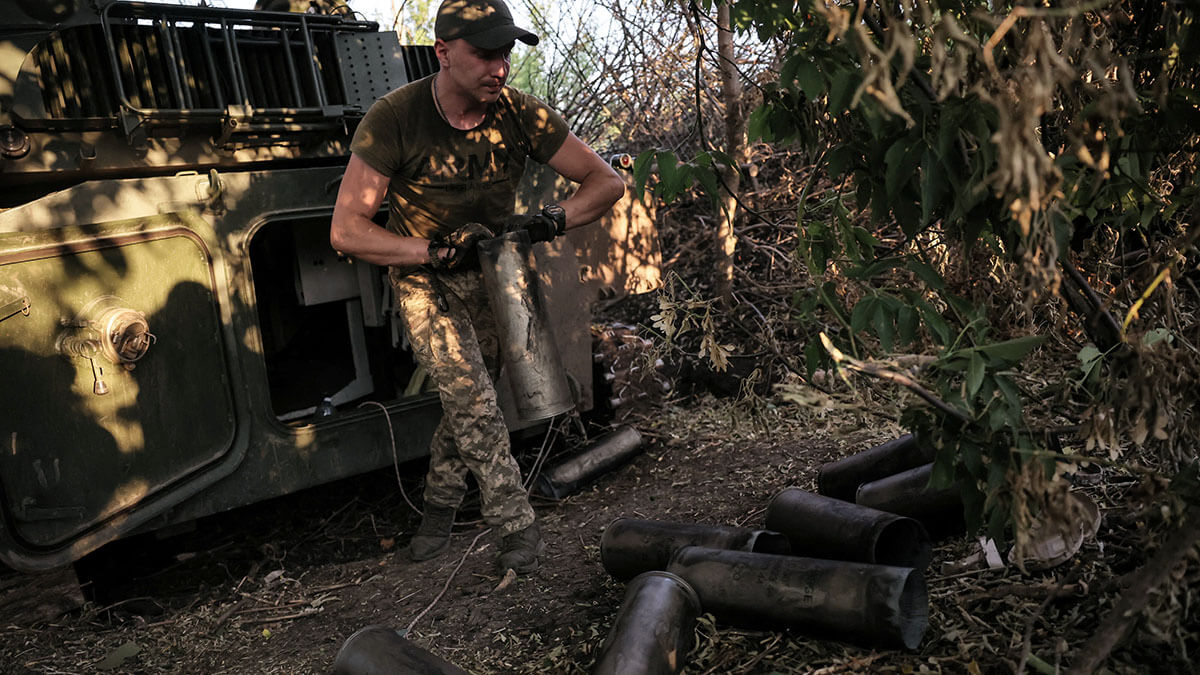
Threats are having an effect as the US and Spain close their embassies in Kiev.
There is an agreement whereby both the US and Russia must warn each other if they launch an intercontinental missile, which are those capable of a range of more than 500 kilometres. So Russia, for once following international laws governing the use of warfare, warned the US that it was going to use an intercontinental missile for the first time against Ukraine.
The US embassy made a fuss in the capital because it closed its doors and also gave the warning, so there was a kind of ‘contagion effect’, as three or four embassies, including Spain's, were closed. Russia used a new type of weaponry, a long-range intercontinental missile, which it was not clear what it was loaded with. These missiles weigh around 40-50 tons, their destructive capacity is incalculable, and stopping them is impossible for air defence.
Embassies were closed for 24 hours. They reopened the next day, but the international uproar that ensued put Ukraine back on the news and on the front pages of half the world without a doubt.



